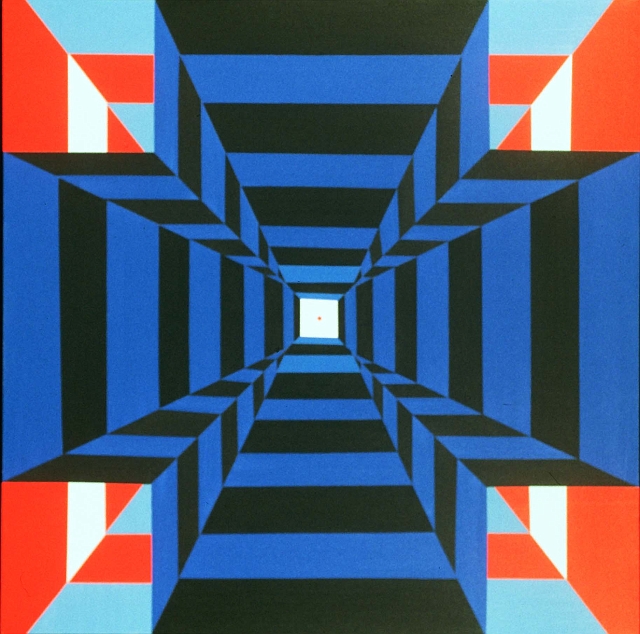|
LITR 4328: American Renaissance |
Model
Assignments |
 |
Anne Ngo
The Distinct Styles of Poe,
Dickinson, and Whitman
Edgar Allan Poe, Emily Dickinson, and
Walt Whitman represent the notable poets from the American Romantic era. Each
poet has their own distinct style, allowing their poetry to be recognizable just
by examining its characteristics. For example, Poe is the most formal out of the
three, working with fixed forms and regular rhymes and rhythms. Meanwhile, Emily
Dickinson incorporates both formal and free verse in her poetry, using some
fixed form, but no regular rhymes or meter. On the other hand, Whitman writes
almost exclusively in free verse, consisting of no fixed forms, rhymes, or
regular meter. However, despite the different styles, each poet uses romantic
features in their own ways.
Poe’s “The City in the Sea” features the
characteristics of formal verse. The poem consists of four stanzas and a fixed
rhyme and rhythm, indicating that the text is formal. Its rhyme scheme and
rhythm contribute to the poem’s musicality, a characteristic of Poe’s personal
style. For instance, the meter and rhyme in “But light from out the lurid sea /
Streams up the turrets silently” create a musical effect to the poem (2.3-2.4).
Furthermore, Poe’s use of alliteration, such as “The
viol, the violet, and the vine,” also signifies poetic sounds and musicality of
his work. As Alisha Blue writes in her essay, “Poetry in the American
Renaissance,” the poem’s form “allows for a reading of sing-songy lines” that
can be “told like a folktale or story.” Similarly, compared to Dickinson and
Whitman, Poe’s use of musicality is distinct to his style. And the musicality of
his poetry allows readers to recite his poems from memory, more so than the
works of other poets.
In addition, Poe presents a common subject matter in his
works: the gothic style. More specifically, he uses the gothic through the
“Babylon-like walls” and “shadowy long-forgotten bowers” of a seemingly ancient
ruin under the sea (2.7-2.8). Furthermore, the “turrets,” “kingly halls,” and
“Babylon-like walls” are reminiscent of a romantic image of a castle, indicating
the romantic aspects of the poem (2.4-2.7).
Meanwhile, Dickinson’s “I heard a fly
buzz when I died” uses aspects of both formal and free verse. The poem’s formal
elements include a characteristic of her personal style— the use of quatrains
throughout the piece. In addition, the poem features some rhymes, hinting at its
formal verse. The slant rhyme in “Room” and “Storm” and the true rhyme in “Me”
and “See” illuminate the few rhymes that Dickinson includes in the poem (2-4;
14-16).
However, she incorporates elements of free verse to her
poetry, such as the ability to create odd juxtapositions in the poem. For
example, in the line, “And then the windows failed,” she juxtaposes “windows”
and “failed” to create an uncommon pairing (15). Compared to Poe’s formal
poetry, these juxtapositions are characteristic to Dickinson’s personal style,
showing that the free verse in her poetry allows her to create seemingly odd
pairings.
Furthermore, the subject matter of the poem, death, is
characteristic of Dickinson’s style. The use of everyday items, like a window,
symbolizes the romantic’s “spiritual and mystical dimensions of everyday life”
(Comparative Study of Poe, Whitman, Dickinson: Course Webpage). Therefore, when
the “window failed” to gather no more “light,” the poem suddenly ends with the
narrator not being able to “see” (14-16). The abrupt ending suggests the
mysterious dimension, death, that Dickinson commonly uses as her subject matter.
Thus, Dickinson incorporates elements of both formal and free verses, different
to Poe’s mostly formal style.
Compared to Poe and Dickinson, Whitman
writes almost exclusively in free verse. As seen in his poem, “When I Heard the
Learn’d Astronomer,” there is no fixed rhyme or form. Furthermore, the poem
features a characteristic of his personal style: the anaphora. For example, the
first four lines start with the word, “When,” creating balance to the poem,
especially when comparing to the last four lines (1-4).
Additionally, the use of catalog appears
in the poem, an indicator of Whitman’s style. He writes: “the proofs, the
figures, were ranged in columns before me; / . . . I was shown the charts and
the diagrams, to add, divide, and measure them” (2-3). Listing the data,
figures, and charts suggest an overwhelming feeling for the narrator, becoming
“tired and sick” soon after (5). Thus, unlike Poe and Dickinson’s styles, the
use of catalog is distinctive to Whitman’s.
In comparison to the other two poets,
the subject matter of Whitman’s poem deals with an aspect of everyday life: an
astronomy lecture. The poem’s subject matter reflects the everyday, romantic
image of the narrator, looking “up in perfect silence at the stars” (8).
Thus, each poet is different from one
another: Poe writes formally, Dickinson incorporates both formal and free
verses, and Whitman uses free verse in his poetry. However, despite their
different styles, Poe, Dickinson, and Whitman all reflect the characteristics of
Romantic literature, particularly in the romantic themes oftheir subject matter.
It shows the vast range of styles that Romanticism encompasses in the American
Renaissance.


